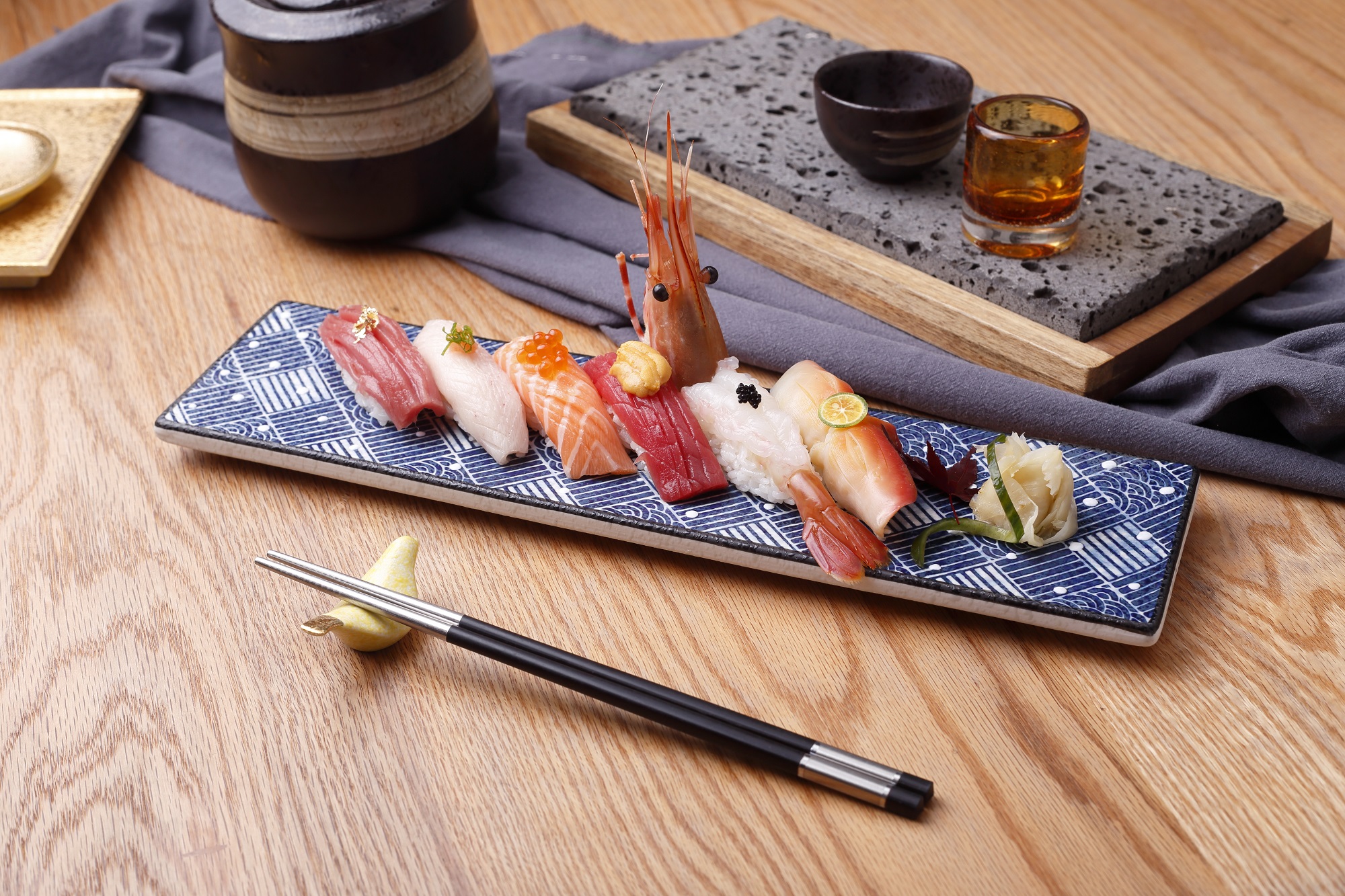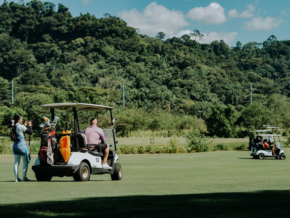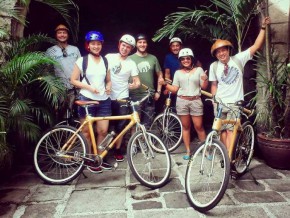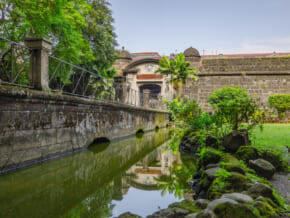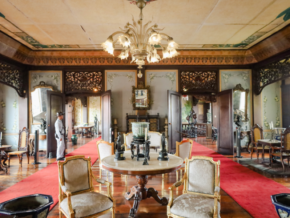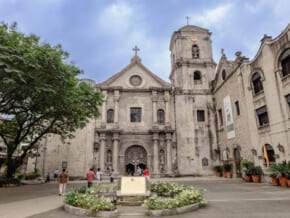JAPAN TRAVEL: Tsukiji Outer Market in Tokyo — The Enduring Remainder of Tsukiji Fish Market
Tsukiji Outer Market in Tokyo is a must-visit for Filipinos and expats in the Philippines for an empowering experience of the Japanese local life. It was a part of the old Tsukiji Market, a historic fish market that was once one of the biggest and longest-running fish markets in the world, which operated since 1935. It operated for nearly a century until the inner market was closed and relocated to its new location in October this year.

Now, there are only fond memories of the old Tsukiji Market to be told by the business owners that remain in the outer market, called Tsukiji Jogai-Shijo in Japanese. Memories of a dynamic local market where luring chants from vendors and energetic bids at tuna auctions resonate throughout the place. Memories of carts of robust tuna and fresh seafood that came and went through the narrow alleys. Memories of early mornings that welcome the freshest catch of the day.

Tsukiji Market became famous for the early-morning tuna auctions held at the inner market, which international tourists could watch with a permit. As a whole, it used to be the largest wholesale fish market in the world until the inner market, where the tuna auctions were held and the wholesale market was located, was closed on October 6, 2018, and moved to its new home, the Toyosu Market.

Although it has become a bit “touristy,” it still is one of the best places to experience the local life, where Japanese locals cherish their modest yet vibrant livelihood in the historic grounds of the old Tsukiji Market. The old Tsukiji Market’s outer market remains to be a destination especially for people who want a taste of fresh seafood and local specialties.



Tsukiji Outer Market is a great place to enjoy the best quality of fish and seafood in various dishes. Sushi shops abound the place, but there are also many other shops that offer delicious and reasonable meals made with seafood and meat, as well as snacks. The restaurants are open early, so it is a nice experience to go here early in the morning to enjoy a good breakfast of sushi or seafood rice bowl and savor the morning when the air is fresh and the market is only just recovering from its slumber.
Many of the restaurant and shop owners may have precious memories of Tsukiji to speak of.
Tips
• Bring enough cash since not all of the restaurants/shops accept credit cards.
• There are coin lockers at the general information center, Platto Tsukiji, located at Building 1F. You can also get an English map and other information about the area.
• Platto Tsukiji is open from 8 am to 2 pm, Monday to Saturday.
Where to eat
• Tsukiji Yamachou in Tsukiji, Tokyo — Irresistible Tamagoyaki on a Stick
• Tsukiji Sushidai Honkan in Tsukiji, Tokyo — Enjoy Edomae Sushi the Traditional Way
• Tsukiji Donburi Ichiba in Tsukiji, Tokyo — Kaisendon for Seafood Lovers!
How to get there
• Nearest stations: Tsukiji Station on the Hibiya Subway Line (5-minute walk), and Tsukijishijo Station on the Oedo Subway Line (7-minute walk)
General Information
Address: 5 Chome-2-1 Tsukiji, Chūō, Tokyo
Website: www.tsukiji.or.jp/english/
Written by Rei Leaño
This first appeared in Philippine Primer English magazine’s Vol. 32 – November issue.




